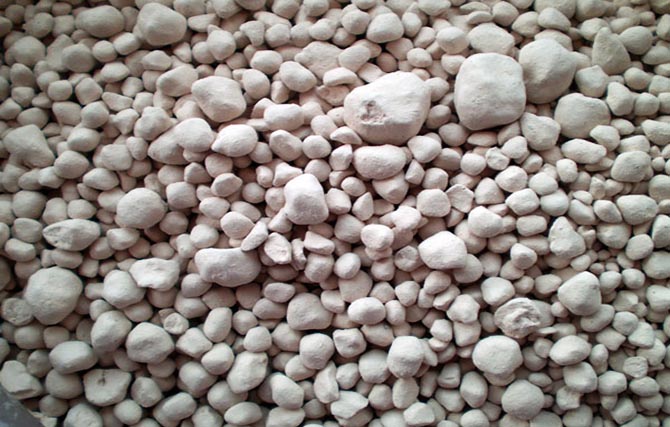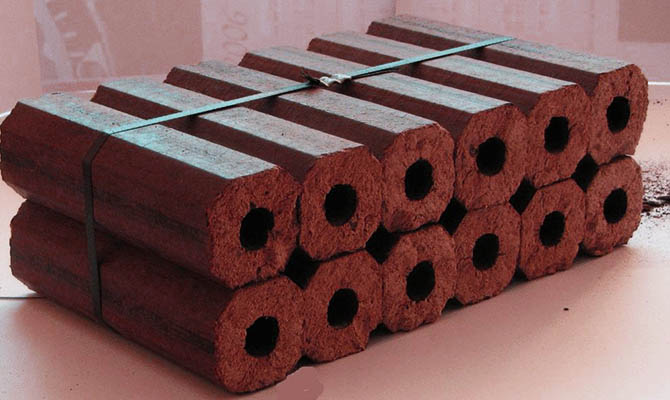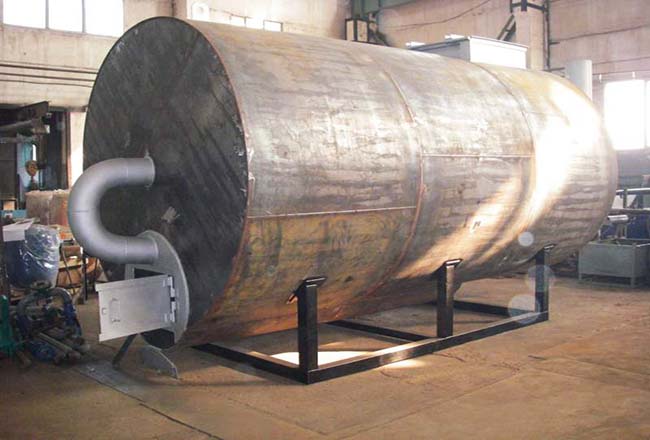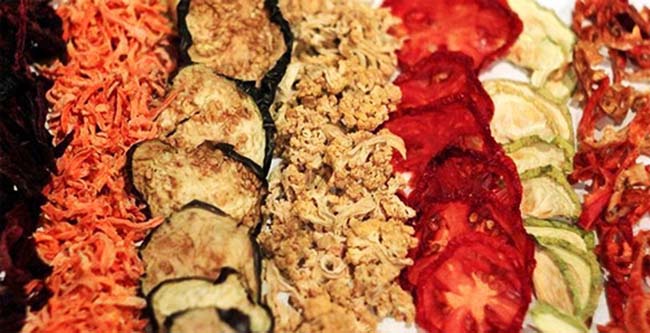
Business on production of aquariums has all reasons to be considered as highly profitable. Despite a huge variety of models of the aquariums existing today in the market it is not always possible to find the model which is ideally suited to a unique interior of modern office or the apartment. Even the most fine incorrectly picked up detail of an interior can ruin feeling of full harmony. What to do if any of the standard models offered you does not meet your requirements? To make an individual aquarium, i.e., an aquarium to order. Beautifully issued corner of the underwater world inhabited by the unusual, quite often brightly painted beings is decoration of any dwelling or office. Aquariums become a prestigious element of design of banks, luxurious restaurants, expensive boutiques. In studios of many entertaining and political telecasts aquariums, quite often very big are also established. For the starting capital it is possible to acquire the most necessary equipment, to employ the minimum number of employees and to rent the room. For a start it is necessary to buy the elementary manual tool, to manufacture benches, devices for transportation and fastening of glass. The main expenses will be entailed by rent of floor spaces and a salary of personnel, then – purchase of the tool and equipment. To begin work, investments are necessary not really big, the main thing to find competent personnel. Work of aquarians is reduced to design, assembly, a pokleyka and registration of aquariums. Optimum, if to begin with five people: head, accountant and three broad specialists. The pokleyka of an aquarium requires not less than two employees. If it is about a big aquarium, it is desirable that three persons were engaged in its assembly. The minimum floor area for production of aquariums should not be less than 30 sq.m. Over time it is possible to rent the area more. Optimum geometry of shop for production – 10 x 10 m. It should be taken into account that production of one aquarium lasts about a month: everything has to dry, settle. In case the order urgent, the price increases for 40%. But less than in 15-20 days the aquarium does not become. Most of businessmen consider as the defining success factor existence in the company of the experts capable to design competently and to qualitatively stick together an aquarium. And as engineers of aquarian business are not trained, the personnel should be trained independently or to entice at colleagues. At this stage of development of branch in the companies there are not enough experts of a narrow profile. As a rule, each employee combines functions of the specialist in production, the designer and the technologist. The salary them has to make not less 500th dale. USA monthly. There are three types of aquariums:-fresh-water; – sea; – pseudo-sea. For creation of a fresh-water aquarium, glass is considered the most expensive. Modern aquariums do of two types of glass – silicate or acrylic (plexiglas). Silicate glass – solid material which is not afraid of scratches and serves long, without losing the transparency. Plexiglas is stronger, but its transparency can decrease because of scratches over time. The majority of firms – producers of aquariums gives preference to silicate glass. The highest class of such glass – “diamond”. Advantage of such glass in its crystal purity, lack of light refractions and patches of light. Glass of poor quality which is usually applied in construction is not recommended for construction of aquariums, especially in production of reservoirs of the big sizes as at windowpanes doubtful durability. For these purposes glass of middle class is optimum. The equipment supporting an optimum microclimate is considered the most expensive part of a sea aquarium. The necessary equipment for life support of a sea aquarium of average volumes can cost $5-10 thousand. Now the peak of orders for pseudo-sea aquariums as they look much more brightly, than classical fresh-water, and their cost not really differs. Technological features allow to make independently aquariums in house conditions for realization. The easiest way is work with a metal framework and putty. The framework for small capacity can be made of the corners bent from aluminum or a white sheet tin. For high-capacity the strong steel corner is applied. Details connect to the help of welding or the soldering, or rivets. As the best material for production of a framework of an aquarium serves stainless sheet steel. The bottom is bent in a baking sheet form with boards, on corners on welding or the soldering vertical squares of a framework fasten, and the bottom adjoins to water in view of not toxicity of a stainless steel for fishes and seaweed. The approximate sizes at a framework can be 600х300х30 mm. Also very important parameter is thickness of glasses. For walls it fluctuates, depending on the sizes of an aquarium, from 4 to 15 mm. 1 mm of glass thickness is the share of 7 cm of height of an aquarium. For a bottom: from 5 to 18 mm, at the same time are inadmissible use of the pro-thinned-out glass or the glass reinforced by a wire. It is preferred as the polished glass, it not only is ideally transparent, but has the increased durability. At all glasses of special training and perekalenny, in view of the fragility are not used. Further it is necessary to calculate the sizes of glasses depending on the accuracy of production and thickness of material of a framework. At the same time it is necessary to know that between a framework and end faces there will be a putty layer in 2-3 mm. For putty it is possible to use UT-30, UT-32, MES-5 sealants, HECTARE, GS-B. End faces of glasses are processed by an emery paper to an opaque state, and edges are degreased by pure gasoline or acetone. All internal part of a framework becomes covered by a thin varnish coat. On squares of a framework the putty layer with an inclination is displayed: from a framework its layer – 4-5 mm, and from opposite 2-3 mm. Then glass is put on it. The first inserts a bottom, in couple of days – a forward and back wall. It is desirable to overturn an aquarium so that the vmazyvayemy wall was below. Easy pressing edges of a wall and having slightly moved, excess putty is squeezed out so that there were no air bubbles between glasses and a framework. Temporarily between walls 2 elastic struts which rely on laying from pieces of plywood or a cardboard are inserted. Further sidewalls are inserted, corners between a bottom and walls are filled with a thin layer of putty which hardens in 6-7 days.
Glued aquariums.
Glued aquariums can be made of plexiglas (plexiglass), and also of silicate (ordinary) glass. Beskarkasny aquariums are very decorative. The aquarium from plexiglas is easier and stronger glass, but at care of it care is necessary: it is easy to scratch a surface of walls. The aquarium of the small size from thin plexiglas of 2 – 3 mm is stuck together with the help of chloroform in which dissolve shaving or crumbs of plexiglas. It is necessary to work at air or in the aired room. It is undesirable to apply to gluing together a dichloroethane – it is very poisonous. The aquarium of large volume (to 1000 l) from thick plexiglas (4 – 15 mm) is previously collected by means of screws (2 – 4 mm) with a secret head, and then joints paste 2 – 3 times. To increase durability and to prevent bending of walls under pressure of water, at aquariums more than 600 mm long between forward and back walls put couplers from stainless steel or thick plexiglas. Besides, in corners sometimes paste square inserts. The aquarium from silicate glass can be stuck together with the help of special glues. E.g., KLT-30 and “Elastosil” 137-181. Places of gluing together matt a small emery cloth, degrease acetone or pure gasoline, grease with a thin layer of glue. Walls establish on a bottom. Between them insert struts. Fasten (pull together) with a rubber plait. Then to the stuck together walls paste a glass bottom. These glues completely do not harden – remain elastic. Integumentary glass protects a water surface from dust, reduces evaporation of water and decrease of its temperature, protects from a vyprygivaniye of fishes from an aquarium. Ordinary silicate glass 3 – 4 mm thick is most suitable for it. Integumentary glass consists of 2 parts (smaller is raised when feeding fishes). Put glass on holders from rubber, plastic or a stainless steel with an inclination that condensate from evaporation and the splashes getting at aeration on the lower surface would flow down back in an aquarium. Making aquariums, you should not forget also that after implementation of the order the manufacturing firm can count on the additional income for regular cleaning and maintenance of optimum habitat for fishes. As the aquarium – not just part of an interior, and the certain ecosystem requiring almost same attention as well as a live organism, behind it is necessary regular leaving. For support of ecological equilibrium in an aquarium it is necessary to change every week in it part of water, to clean glasses, soil, and also to support PH balance. The client at desire can also learn it, but the wrong leaving is fraught with darkening of plants, for a short while on glasses and even death of fishes. Professional cleaning of a fresh-water aquarium lasts on average 30 min., and sea – about an hour. The cost of service depends on reservoir engine capacity.
Experts note increase in demand for services of aquarians. At the same time the majority of workshops does not cope with flow of clients as it is difficult to them to make more than 3-4 aquariums a month. It is time to open on it highly profitable business!






Leave a Reply